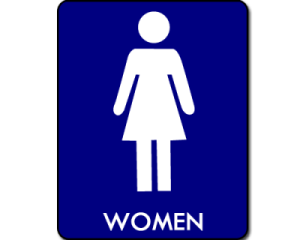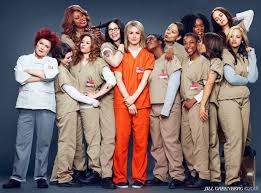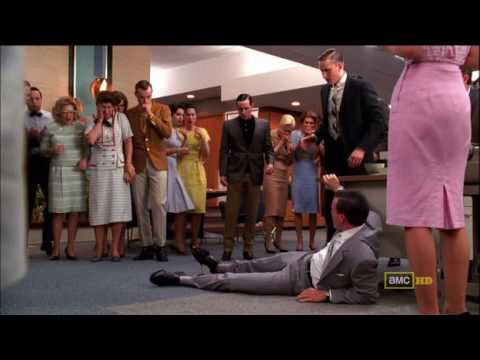This summer I decided to embark on a journey of body love. After leaving my late teens with an eating disorder and eating disordered thinking (my relationship to food and my body will never be the same again), I wanted to make peace with my stomach. Stomach: two syllable noun, gut, holder of food and nerve butterflies. This was the one part of my body that I had ascribed so much hate and disgust to. Let me be clear. There is nothing categorically “wrong” with my stomach. After my summer project, I came to see at a nourishing flesh, the part of my body that sustains me, that pillows my wife’s cheeks. Despite this new knowing, however, my stomach remains a dichotomous place for me.
As someone who is very interested in body politics, who knows about our culture’s obsession with bodily perfection and Photoshop, I often forget that the images I see in magazines, on billboards, you name it, are Photoshopped. I know that this constant forgetting is intentional. There is no better way to make “us” (the collective us) feel badly about our bodies. There are two images that I have seen within the last week that reinforce this.
The first is an image I saw on Facebook. It’s a Groupon advertisement for a yoga studio. In the foreground there is a woman who is in downward facing dog. Her ribs are pointed, sticking out below her bikini top. To me, this image is yet another example of how thinness and health are culturally made to be synonymous. Anyone who has had an eating disorder can tell you that thinness does not equal health. There is health at every size.
The second image, perhaps more disturbingly, I found at the LAC-USC hospital near downtown Los Angeles. We are all familiar with the traditional (though problematic) symbol for the woman’s bathroom: a body in the shape of a triangle with two arms, two legs, and a floating head. Ever since I could remember, this image has signaled “woman” for me.
Upon entering the hospital last week, I saw a new sign for the woman’s bathroom:
This image communicated so much to me. Even on the way to the restroom, a woman-identified person needs to be reminded that she needs to be thin or thinner (apparently the former triangle body was not thin enough). Further it commands that a woman needs to have a waist, something small and distinct. These two visual artifacts—the Groupon and bathroom symbol—were exhausting to see.
The struggle for body positivity and self-love is tiresome and constant. If we want body love, it must be something we actively strive to achieve. To be honest, seeing these images sometimes makes me want to give in, to stop journaling about my body, to stop eating again. Instead, with great commitment (and at times resistance), I find that the best way to love my body, for us to love our bodies, is to shift the conversation. Instead of hating our bodies we need to hate the system that crafts the mandate of thinness. So let’s turn the gaze outward, shall we?












